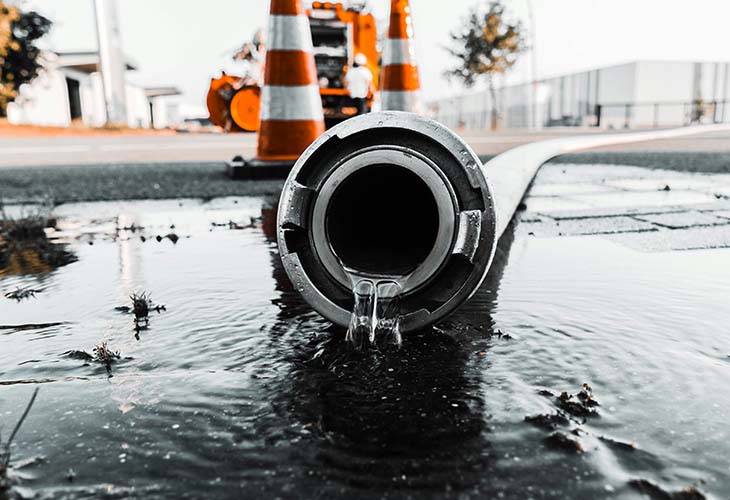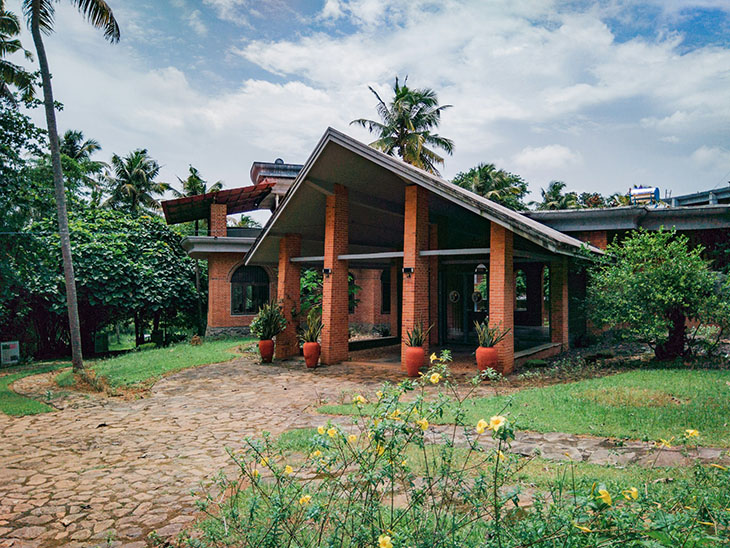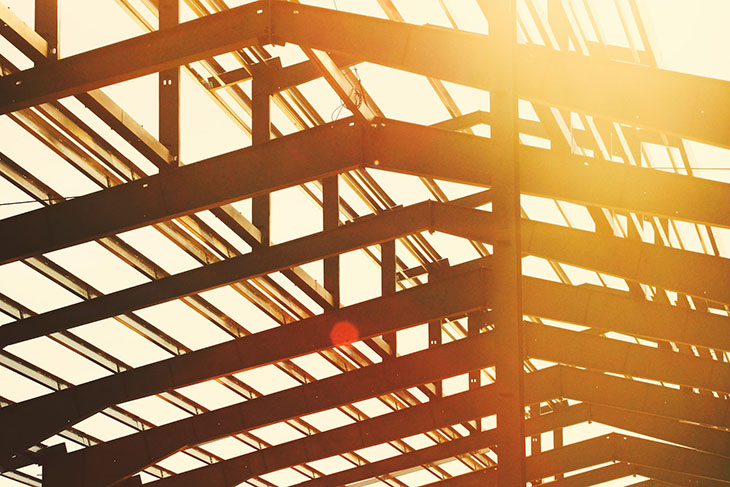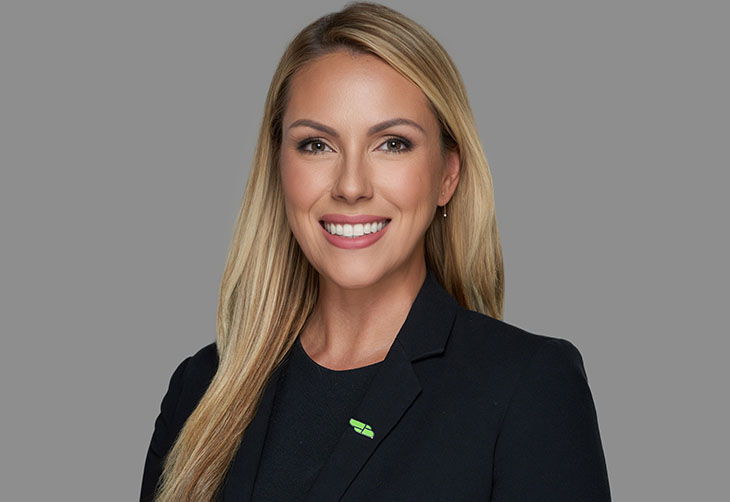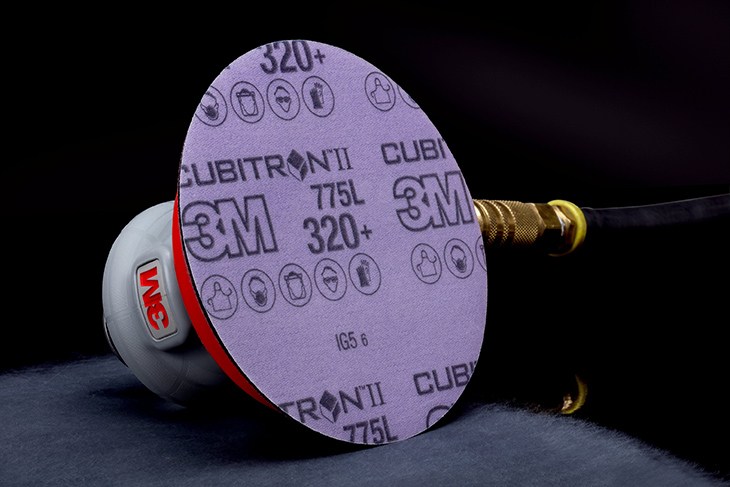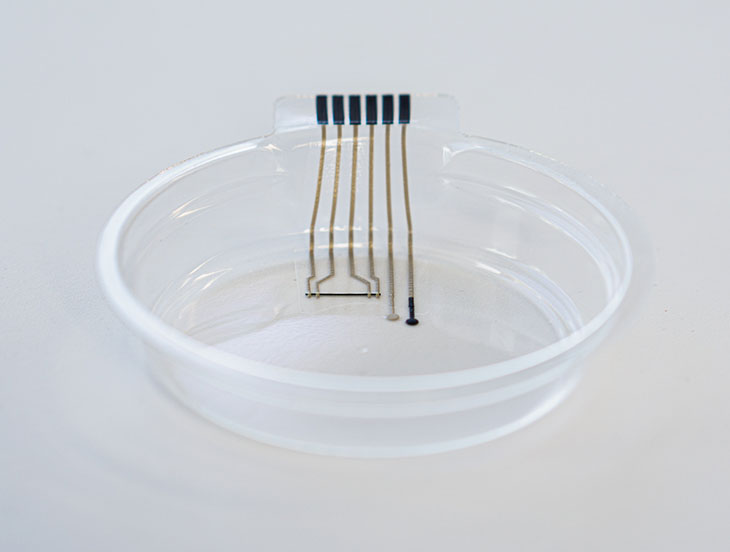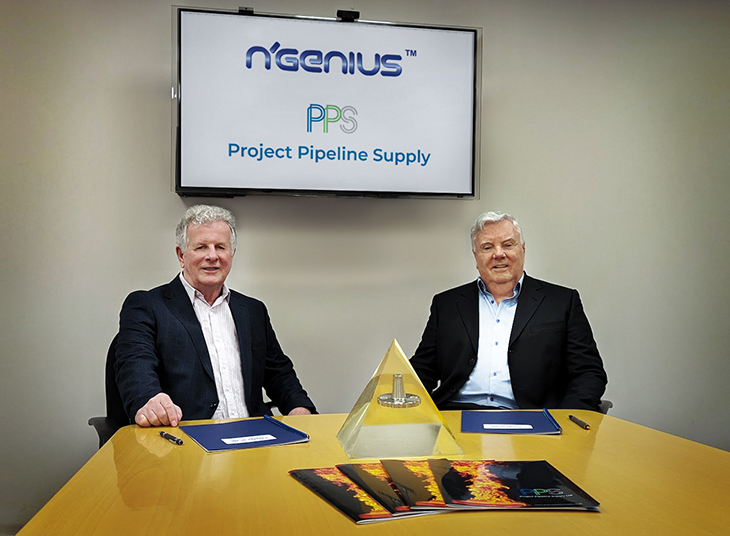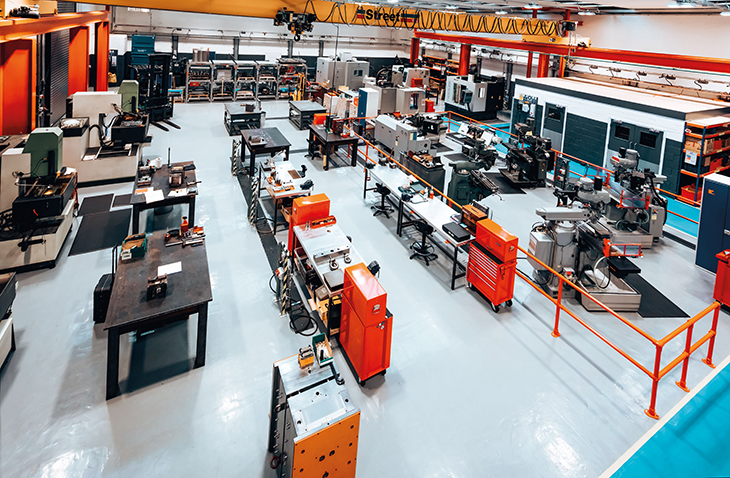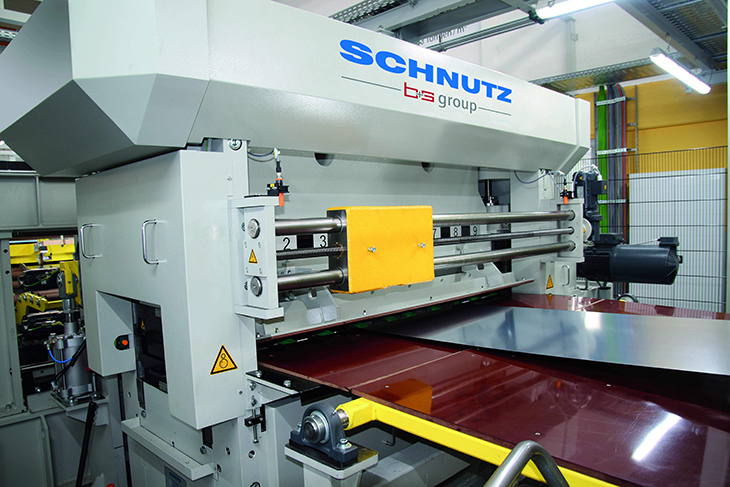An industrial leak isn’t just an unsightly, unsafe inconvenience. It represents a larger underlying plant issue. While it’s not uncommon for tubing to crack over time or a seal to unexpectedly break, these failures happen more often than they should. Will following system design and maintenance best practices help manufacturing workers prevent leakage?
What Are the Most Common Causes of Industrial Leaks?
Accidental releases are distressingly common. One analysis of Environmental Protection Agency datasets shows that, in the U.S., they occur every two days on average. While some occurrences stem from pipeline ruptures or train derailments, industrial plant leaks and spills contribute significantly to incident frequency.
Human error is often the culprit behind industrial leaks. It typically involves incorrect component installation, misguided maintenance or unaddressed misalignment. Whether a worker’s faulty assembly attempt leaves a gap or their chosen tubing is incompatible with the process fluids, their mistake can have a lasting impact.
Substandard design is another common reason for industrial leaks. Sometimes, tubing, tube fittings or seals have manufacturing defects that go unnoticed until the point of failure. More often than not, ill-considered component selection results in accelerated wear. For example, thermoplastics would be a poor choice for a corrosive chemical conduit.
Even if component selection and installation go smoothly, a lack of maintenance all but guarantees premature failure. Unaddressed wear, cracks or corrosion will eventually develop into deterioration. Unfortunately, since the consequences often take months, if not years, to materialize, decision-makers shrug this possibility off.
The Consequences of Unaddressed Industrial Leaks
An unexplained increase in operating costs is a common consequence of industrial leaks. Even if facilities know of the issue, they may still experience costly delays, cleanup expenses, lost productivity, equipment degradation and noncompliance fines. However, while financial losses are undesirable, they are not the worst outcome.
Leaks are a safety hazard. At best, they result in a slip-and-fall accident. At worst, they cause illnesses, injuries or death. There are many well-documented cases of substandard design, human error or neglected maintenance leading to injuries and loss of life. More severe incidents have led to widespread evacuations or shelter-in-place orders.
In 2018, a valve at the Superior Refinery — Wisconsin’s only oil refinery — failed. Even though it was closed, internal erosion allowed air and hydrocarbons to mingle, causing an explosion that injured 36 workers. The city was forced to issue a shelter-in-place order because debris had struck a nearby oil tank, creating a massive plume of potentially toxic smoke.
After the refinery reached a five-figure settlement with the Occupational Safety and Health Administration (OSHA), documents came to light showing management neglected maintenance for years — and was aware of a critical valve malfunction just days before the explosion. Their reputation has taken a massive hit as a result.
Even in less severe cases, industrial leaks can still be damaging. According to the National Safety Council, the total cost of preventable injuries totaled over $167 billion in 2022 — equivalent to approximately $1,040 per employee — and resulted in 108,000,000 days lost. Notably, these figures don’t include noncompliance fines.
System Design Best Practices for Leak Prevention
Plant managers and manufacturing professionals can prevent industrial leaks by prioritizing sound system design:
1. Material Selection
When deciding between thermoplastics, metal, clear vinyl or silicone rubber tubing, decision-makers should consider compatibility and durability. Factors like temperature, chemical resistance, pressure and vibration ratings determine whether their selection will withstand the environment or process fluid, preventing real and permeation leaks.
2. Component Choice
Plant managers should consider alternative or specialty components. Demand is driving advancement, meaning their options for cutting-edge technologies will soon be abundant. For reference, the industrial fasteners market is set to reach $110.91 billion by 2030 to meet rising safety expectations.
Whether management opts for self-lubricating seals to reduce friction or 3D-printed tubing for a custom fit, using specialty components to address existing pain points is a sound strategy. Taking advantage of recent demand surges and the market’s upward trajectory sooner than later guarantees early adoption benefits.
3. Leak Detection
Although tubing, seals and tube fittings take priority in design, managers should consider the bigger picture. Leak detection technology like ultrasonic guns and acoustic imaging technology should be a standard part of their system. After all, these machines enhance visibility and accelerate incident response rates far beyond what manual intervention is capable of.
Maintenance Best Practices for Leak Prevention
There are several ways following maintenance best practices can prevent industrial leaks.
1. Leak Prioritization
While manufacturing professionals shouldn’t ignore industrial leaks, they should prioritize them based on their risk level, enabling the development of a logical order of repair. It goes without saying that hazards should be addressed first. From there, decision-makers can decide if cost, lost-time incidents or inconvenience take priority.
2. Proactive Maintenance
Proactive maintenance involves inspecting and restoring something before it needs repairs. It operates periodically instead of on an as-needed basis. Since it addresses potential issues before they progress, it helps facilities avoid unplanned downtime and delays. It also generally costs 50% less than reactive maintenance does.
Preventing Leakage Requires Ongoing Efforts
Component selection, installation, and maintenance aren’t one-time events. Rather, they are ongoing efforts that require participation from management, inspectors and workers. Their combined effort is key to identifying and addressing industrial leaks before they become a safety issue or financial drain.









